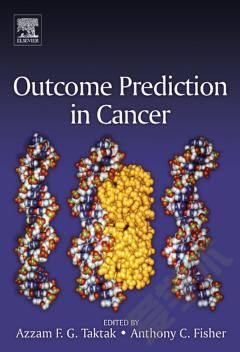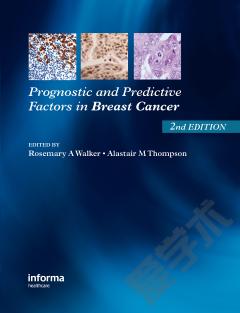Outcome Prediction in Cancer
This book is organized into 4 sections, each looking at the question of outcome prediction in cancer from a different angle. The first section describes the clinical problem and some of the predicaments that clinicians face in dealing with cancer. Amongst issues discussed in this section are the TNM staging, accepted methods for survival analysis and competing risks. The second section describes the biological and genetic markers and the r么le of bioinformatics. Understanding of the genetic and environmental basis of cancers will help in identifying high-risk populations and developing effective prevention and early detection strategies. The third section provides technical details of mathematical analysis behind survival prediction backed up by examples from various types of cancers. The fourth section describes a number of machine learning methods which have been applied to decision support in cancer. The final section describes how information is shared within the scientific and medical communities and with the general population using information technology and the World Wide Web.* Applications cover 8 types of cancer including brain, eye, mouth, head and neck, breast, lungs, colon and prostate* Include contributions from authors in 5 different disciplines* Provides a valuable educational tool for medical informatics
{{comment.content}}








 京公网安备 11010802027623号
京公网安备 11010802027623号